The Road To Kickstarter – Stay On Target
December 29, 2015 by crew
Massive Awesome is Simon Barlow and John Taylor, friends and business partners whose shared love of gaming and a desire to make something awesome prompted us to set out on our own. We are currently deep into preparation for the launch of the tabletop miniatures game Shattered Earth on Kickstarter.
In this ongoing series – the previous entry of which you can read here – our aim is to write about all the steps we’ve taken along the way, and to create an ongoing discussion with the community about what it takes to launch a brand new game into the marketplace.
4) Budget
Having an accurate budget is vitally important. In fact, your available budget will likely be the major factor in the majority of your decisions throughout your campaign. The reason a company like Games Workshop doesn't need to crowd fund each new product is that they have large cash reserves to spend on art, sculpting, painting, graphic design, writing and advertising.
Like us, you probably don't have $100k to spare, otherwise you wouldn't need Kickstarter in the first place, so you're going to need to prioritise.
Do you want an even split between art, graphic design, sculpting and painting? Do you want to have lots of nice art but no sculpts, or perhaps lots of sketches and many digital sculpts but nothing physically produced and painted up? All of these are legitimate strategies and there is no right or wrong way to go.
Look at some of your favourite campaigns – and you should absolutely go ahead and back some other projects if you haven’t done so already – and see what they produced and what it was about their campaigns that appealed to you the most.
I'd also suggest that you set aside 20% of your budget for unexpected costs and over-runs and then split the remaining 80% across the rest of your to-do list that we covered in step three. Remember, your aim is to stretch your budget as far as possible but be aware that sometimes a small amount of high quality output can be better than an abundance of low quality.
One thing I would absolutely recommend is to go through one complete production cycle so that you understand the process in its entirety before asking anyone for money.
5) Balance Of Minis, Story And Rules
All tabletop games are, to a certain extent, a balance of three major constituent parts: the physical miniatures or components for the game, the backstory and lore behind the universe, and the rules that enable you to play it.
Regardless of the importance you assign to each, you will need to put at least some thought into all three. Will your game sell itself on highly detailed miniatures that hobbyists will want to collect and paint, or will you provide simple plastic characters that can be shoved around a board?
While the costs and timescales will obviously differ between these approaches, you will still need to factor in initial art, design and physical production, so make sure you leave plenty of time as the logistics can be complicated, especially if you're contracting out the work.
For backstory, you will likely be doing much or all of this yourself, so you are ultimately in control of whether you will be producing thousands of words of fluff or just a few pages to establish the theme. This decision will affect your schedule but either way, the process should be simple and transparent; do your writing and have a qualified person proofread it and offer you feedback.
The process for designing rules can vary wildly. You may be very close to what you consider your final ruleset or you may have only a vague idea of how your game should play. If you make your rules publicly available, you will get a lot of feedback from far and wide, and you will need to manage that feedback appropriately.
If you want to keep them private, you had better be prepared to put many, many hours of testing in with your playtest group. Whatever you do, do not underestimate the amount of time you need to do this properly. Of course playing the game should be fun but playtesting is, and should be, hard work.
6) Art And Sculpting
The process from imagining a character to holding its painted model in your hand is long and initially daunting. Firstly you'll need to write a brief to give to your concept artist. We decided on about a page per character where we covered the basics of backstory and future motivations as well as describing their overall look, weaponry, armour, and anything else we thought important.
Your level of back and forth with your artist and the number of iterations that will need to be produced will depend on how well the artist understands the brief, how exacting you are, and how much artistic freedom you're happy to give them.
Once you have an image you're happy with, you'll repeat the process with your sculptor. We use a full digital production pipeline for Shattered Earth, so all of our sculpting is done digitally. Even if you employ traditional hand-sculpting, the process is very similar.
We’ll cover the pros and cons of both in a future article but, for now, know that digital sculpting is more flexible but can be more expensive as you’ll need to take the additional step of having each miniature 3D printed. Either way, the output will be the same: a single master model ready for production.
At this point you can send it off to a caster to be produced; as noted in step four, I would recommend doing this for at least one miniature up front so that you know and understand the entire process from start to finish.
Finally, when you have your first production model in hand and assembled, you'll probably want to paint it up to show people how good it will look on the tabletop. If you’re a talented painter you can save yourself a lot of money by doing it yourself; unfortunately neither myself nor Simon are at a professional level so we hired some folks much more capable to do the painting for us (check out our Facebook page for the results).
There’s a lot to take in with this week’s article – we could easily write a single entry for each of the points above. If there’s anything you would like to discuss in more detail, please post a comment below and we’ll answer you as best we can.
If you would like to write articles for Beasts Of War then please get in contact with us at [email protected] for more information!
"Having an accurate budget is vitally important. In fact, your available budget will likely be the major factor in the majority of your decisions throughout your campaign..."
Supported by (Turn Off)
Supported by (Turn Off)
"The process from imagining a character to holding its painted model in your hand is long and initially daunting..."
Supported by (Turn Off)










































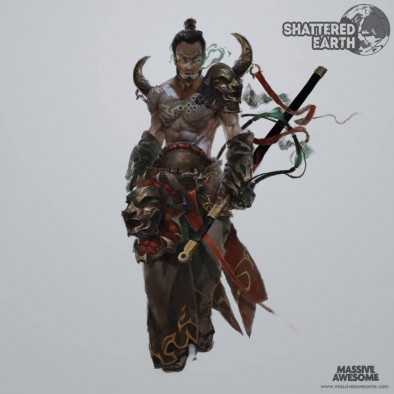
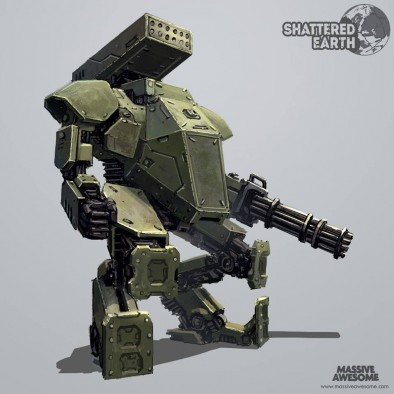
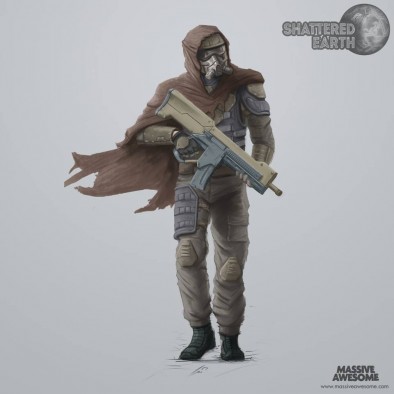
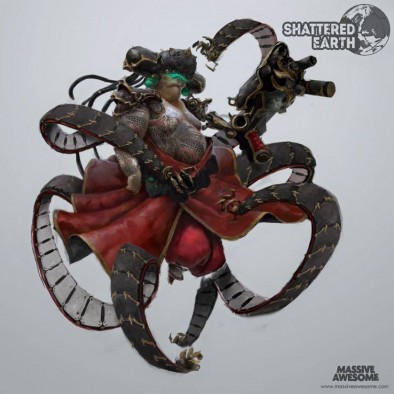
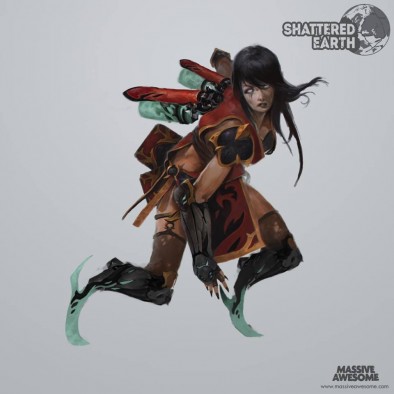
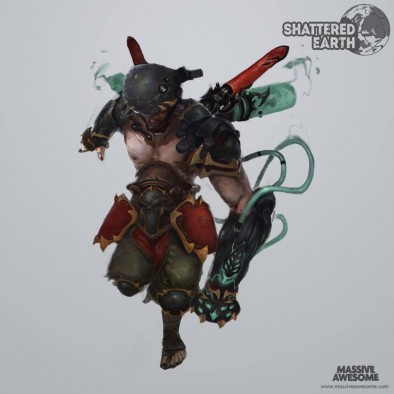


































Even if you have 100k$ to spare you may need kickstarter, because people need to be paid and at 100$k you’ve barely got enough to pay for two full time people for a single year … and that’s without any equipment or housing costs.
The advantage of doing at least one complete production cycle is that it helps you estimate both cost and time, which will make it easier to set both the expected end date (with a fair amount of certainty) and the amount of money you’re going need.
Good points limburger. We decided early on to take any salaries for ourselves out of retail sales and not Kickstarter. Doing otherwise risks becoming over-reliant on crowd funding, and there’s two additional risks with that. Firstly you will struggle to get sufficient take-up with retailers to grow the game, and secondly you will need to keep returning to the Kickstarter well to keep the business afloat. If you can afford to keep going on your own I would recommend using the Kickstarter money for development costs only to keep your goals low, and take any living expenses (and hopefully profit!)… Read more »
yep, the kickstarter is just that. A way of bootstrapping your enterprise or idea. After that it should be self sufficient (and profitable) to rely on pure retail sales. Of course the tricky bit is that your estimated sales need to be realistic, which is something even experienced professionals get wrong (and which results in failure being blamed on external factors like piracy like the media industry has a habit of doing … ) Anyone capable of solving that problem would probably be in line for a nobel prize or something. Then again while it may be against the spirit… Read more »
Thanks for the post again! It is interesting to see which stage you decide to push your production before launching your KS. We’re currently wrestling with the same questions as you are. Having 3D models and renderings is great but it’s not as good as having pro-painted models photographed in your custom terrain. We’re trying to understand if we can afford to get some miniatures completed before the campaign or not. It might very well be that an investment to that might get the money back in multiples because of the more positive response in the community and the KS… Read more »
Hey juhanilor, it is a difficult decision on what to aim for pre campaign. Both of the methods you mention have had success recently; Atlantis miniatures did well displaying only digital renders and CMON always provide painted model examples which are popular with the community. Hopefully our decision to stump for a bunch of painted models pre-campaign will prove successful but only time will tell. Good luck with your camping either way.
The vast majority of people have problems seeing through ‘alpha’ quality artwork and design. It is frankly ridiculous how easily a single picture can literally make or break an idea. It need not be high end, but it certainly should not feel like an amateur did it. As such no artwork may be better than bad. However there’s another problem with art and that is the fact that your style may evolve during production/testing. If anything that is even harder for people to accept, because they rarely get to see the process for themselves. So be careful when choosing art,… Read more »
Yep, I fully agree. It’s what I meant when I said that I think a small amount of high quality output beats a lot of average stuff. We decided to only produce art for half of the initial models, as if we’d tried to stretch our budget to complete the entire range, the quality would inevitably have suffered.
Hello and great articles!
I think you are seriously underrepresenting one aspect of why to use kickstarter when you said that bit about having 100k, and that is what an enormously powerful marketing platform ks is. It literally can kickstart a living community around a given game or product, establishing a demand for further product down the line. I think that for wargames and miniature lines, that is probably more important for the longevity of the company than how much it funds.
You’re spot on maledrakh, we have a future article about community building and for a new company, I can’t think of a better way than KS for that purpose. I actually had a daydream about winning the lottery a few days ago and I thought that even if we didn’t need the money, I would still want to use Kickstarter as a way of building interest in the game and engaging the community to get their feedback. You’re right that the difference between us and GW isn’t just our bank balance but that we don’t currently have a dedicated user… Read more »